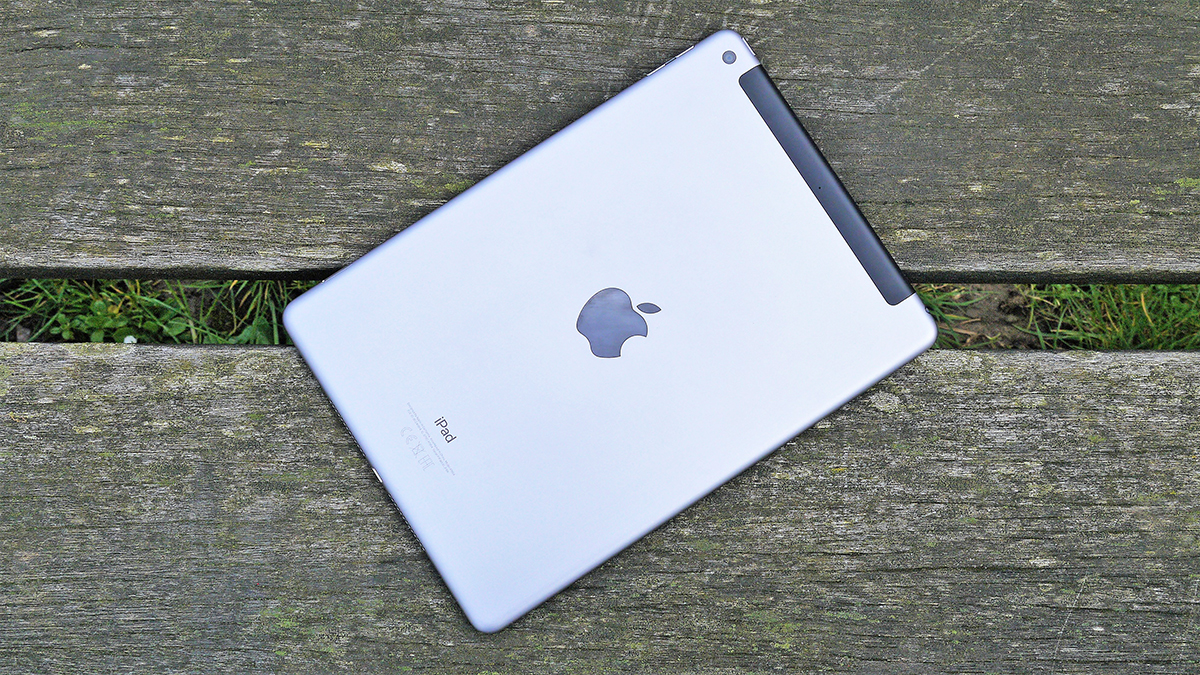Decades of the tech sector’s pressure to “innovate or die” have led to a long list of useful and flashy household tech products, but many of these same devices also have a need to be replaced at almost the same rapid rate that new technology emerges.
“Planned obsolescence just makes it worse. People now expect to get a new computer every three or four years, a new phone every two years,” said Jim Puckett, executive director of the Basel Action Network, a Seattle-based e-waste watchdog. groups. “It’s a mountain that just keeps growing.”
Moreover, there are more than 18 million children and adolescents “actively engaged” in the informal e-waste processing industry, the WHO warned. Children and adolescents are often used to scour through mountains of e-waste in search of valuable materials such as copper and gold “because their small hands are more dexterous than those of adults,” the WHO said.
The issue of e-waste is “all about environmental justice at the global level,” Puckett said. “It’s about keeping the rich countries from dumping their waste and dirty technologies on developing countries.”
The growing environmental crisis is now catching the attention of lawmakers from Europe to the United States, as well as communities in the developing nations where e-waste has historically been offshored.
EU officials last month approved a new law requiring all phones and electronics to use a standard, brand-agnostic charger, with the potential to limit how many different wires the average consumer needs to own. Three progressive American lawmakers urged in a letter for the US to follow suit.

